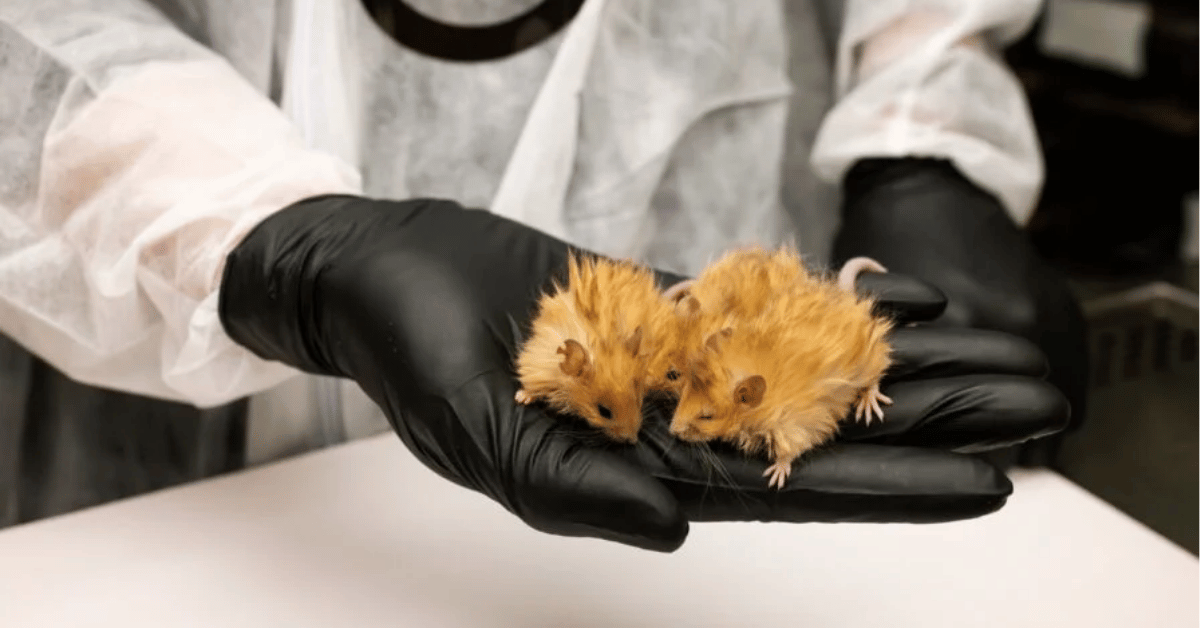In a groundbreaking development, Colossal Biosciences, a Dallas-based biotechnology company, has successfully engineered mice to exhibit traits reminiscent of the extinct woolly mammoth. Dubbed the “woolly mouse,” these genetically modified rodents possess long, thick, woolly fur, marking a significant milestone in the field of de-extinction.
The Science Behind the ‘Woolly Mouse’
Colossal’s research team edited seven specific genes in mouse embryos to induce mammoth-like characteristics. These modifications resulted in mice with elongated, golden-brown fur and increased plumpness, adaptations suitable for cold environments. The targeted genes are associated with hair characteristics such as color, texture, length, and follicle development. Notably, two of these genes have direct mammoth counterparts believed to contribute to the species’ woolly coat.
Implications for De-Extinction
This achievement represents a pivotal step toward Colossal’s ambitious goal of resurrecting the woolly mammoth. By successfully introducing mammoth-like traits into a living organism, the company has demonstrated the potential of advanced genome editing tools like CRISPR to recreate complex genetic traits. The next phase involves applying these techniques to the Asian elephant, the mammoth’s closest living relative, to eventually produce an elephant-mammoth hybrid capable of thriving in Arctic environments.
Ethical and Practical Considerations
While the creation of the woolly mouse showcases technological prowess, it raises questions about the practicality and ethics of de-extinction. Some scientists are skeptical about the conservation benefits of reviving extinct species, arguing that resources might be better allocated to preserving existing wildlife and habitats. Additionally, the complexities involved in editing larger genomes and ensuring the survival of modified embryos present significant challenges.
Future Prospects
Colossal Biosciences plans to conduct further studies on the woolly mice, including assessments of their cold tolerance and long-term health. These experiments aim to refine the techniques necessary for larger-scale de-extinction projects. Despite the hurdles, the company’s co-founder, Ben Lamm, remains optimistic, envisioning a future where de-extinction technology contributes to conservation efforts and biodiversity restoration.
The engineering of the woolly mouse signifies a remarkable advancement in genetic science and de-extinction efforts. As Colossal Biosciences continues its quest to bring back the woolly mammoth, the scientific community and the public must grapple with the ethical and ecological implications of reviving extinct species. Whether this endeavor will lead to the restoration of lost giants or remain a scientific curiosity, it undeniably pushes the boundaries of what is possible in genetic engineering.




